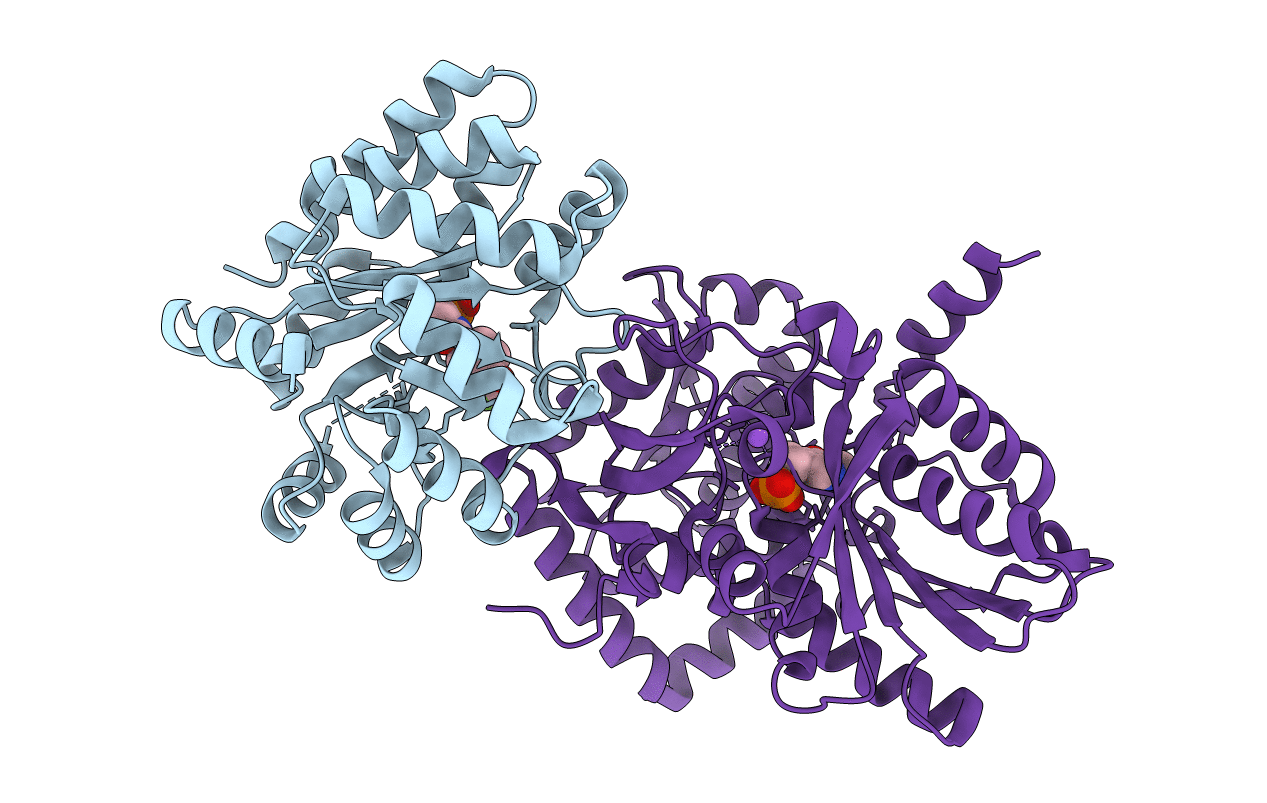
Deposition Date
2006-04-27
Release Date
2007-06-12
Last Version Date
2025-04-09
Entry Detail
PDB ID:
2CLE
Keywords:
Title:
Tryptophan Synthase in complex with N-(4'-trifluoromethoxybenzoyl)-2- amino-1-ethylphosphate (F6) - lowF6 complex
Biological Source:
Source Organism:
SALMONELLA TYPHIMURIUM (Taxon ID: 602)
Host Organism:
Method Details:
Experimental Method:
Resolution:
1.50 Å
R-Value Free:
0.21
R-Value Work:
0.19
R-Value Observed:
0.19
Space Group:
C 1 2 1


